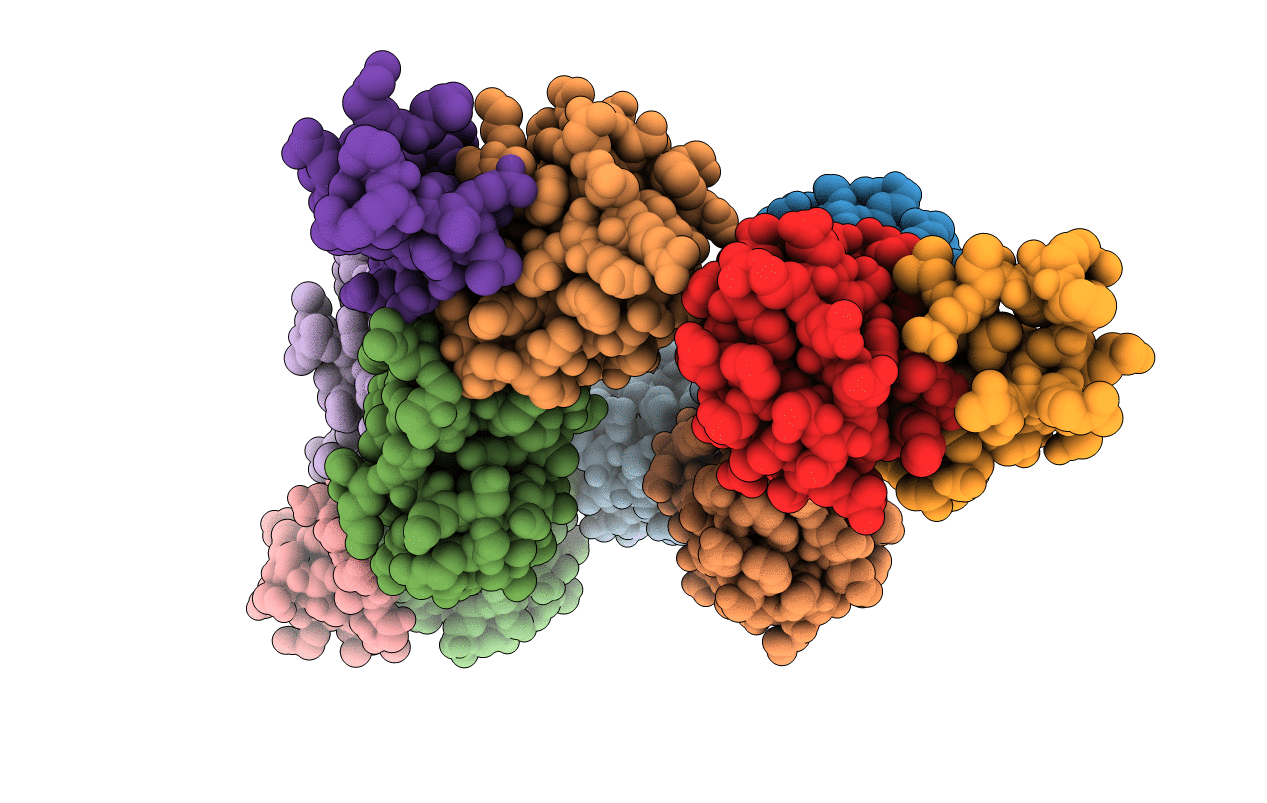
Deposition Date
2014-06-23
Release Date
2015-05-13
Last Version Date
2023-11-08
Entry Detail
PDB ID:
3WWQ
Keywords:
Title:
Crystal structure of FAAP20 UBZ domain in complex with Lys63-linked diubiquitin
Biological Source:
Source Organism:
Mus musculus (Taxon ID: 10090)
Homo sapiens (Taxon ID: 9606)
Homo sapiens (Taxon ID: 9606)
Host Organism:
Method Details:
Experimental Method:
Resolution:
1.90 Å
R-Value Free:
0.23
R-Value Work:
0.20
R-Value Observed:
0.20
Space Group:
P 1 21 1


